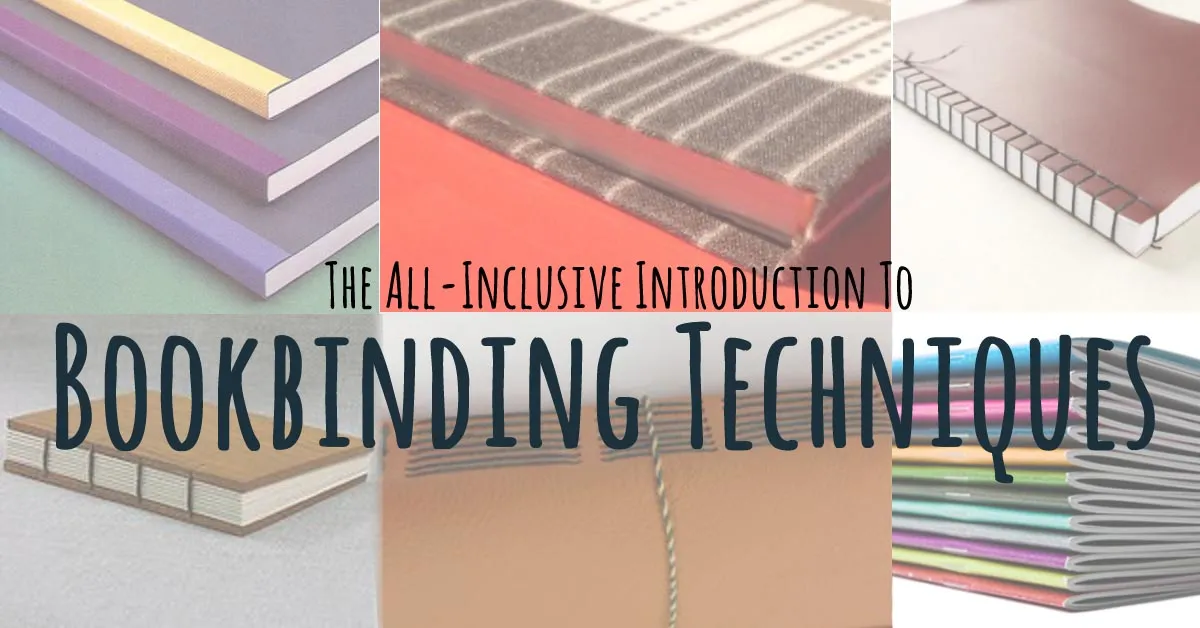From Stitch to Innovation: Tracing the Evolution of Booklet Binding Techniques
Introduction to Booklet Binding
The tactile pleasure of flipping through well-bound pages is a subtle reminder of the art and science behind bookbinding. This process, essential to creating booklets, has transformed from primitive sewing techniques to sophisticated, machine-driven procedures today. Every binding captures a wealth of human creativity and the unwavering will to conserve and share knowledge. Whether it’s a designer contemplating the presentation of their latest catalog or a self-publishing author deciding on the most appropriate binding for their manuscript, the choice is pivotal in the final product’s usability and aesthetic appeal. An appreciation for saddle stitch booklet printing opens a window to its diverse applications and inherent durability, setting the stage for understanding the broader domain of booklet binding.
The Ancient Roots of Binding
Long before the commonality of the printed word, our ancestors were binding together papyrus and parchment. The transformation from loosely connected pages to the bound codex marks one of history’s pivotal shifts, laying the groundwork for modern archival and dissemination of knowledge. The printing press, which was developed in the fifteenth century, further altered the process of producing books. Yet, the meticulous methods employed by medieval artisans, who treated bookbinding as high art, perpetuated a sacredness to the books. The legacy of these craftsmen has been passed down through generations and continues to influence how we treasure bound works today.
Saddle Stitching: A Timeless Method
In examining the saddle stitching technique – so named for the saddle-like apparatus that supports the folded sheets as they are sewn together –we find a model of efficiency that has endured over the ages. Its robustness lends itself well to documents with fewer pages, typically under 64, where simplicity and durability are desired. Beyond practical advantages, the aesthetic of a saddle-stitched booklet exudes a classic, unassuming beauty; its pages lay flat when opened, offering an unobstructed view of the spread, perfect for impactful imagery and seamless text. This method of booklet bindery has made itself indispensable in specific settings, and any cursory glance at pamphlets, programs, and brochures will attest to its continued relevance.
Perfect Binding: A Modern Approach
Over time, as the quest for more advanced binding options evolved, so did the emergence of perfect Binding. This method uses a strong adhesive to attach a book’s cover to its spine, resulting in a clean and professional look. Perfect Binding is renowned for its capacity to generate a more substantial, bookshelf-ready product, making it a good fit for thicker publications like novels, catalogs, and magazines. A distinctive feature of this method is its printable spine, allowing for titles and branding, further enhancing its marketability. Consequently, the popularity of Perfect Binding has soared in the commercial realm, often favored for the finesse it lends to printed work.
Exploring Alternative Binding Options
While saddle stitching and perfect binding sway booklet production, several alternative methods have their merits. With its spirals of plastic or metal that thread through holes punched along the booklet’s edge, coil binding offers unparalleled flexibility, making manuals and recipe books lay completely flat when open. With its identifiable rectangular holes and teeth-like binding combs, comb binding is an economical and versatile choice, typically seen in business presentations or reports. These alternatives, along with thermal Binding, which uses heat to seal the spine, each present distinctive attributes that cater to specific needs, from aesthetics to ease of use, illustrating the rich tapestry of options available in booklet binding.
The Role of Digital Technology in Booklet Binding
Advancements in digital technology have irrevocably altered the print industry, ushering in innovative methods that align with modern needs. The emergence of short-run digital book manufacturing stands out as a beacon of this transformation. This digital democratization allows for cost-efficient print runs of smaller quantities, enabling independent authors and small businesses to enter the market competitively. Digital bookbinding technologies facilitate quicker turnaround times and greater customization, allowing publishers to respond to market trends without the demanding commitments of traditional print volumes.
The Craft of Hand Binding: A Niche of Excellence
Despite the march of automation and the proliferation of machines, the ancient practice of hand binding continues to be revered for its craftsmanship and the unique character it imparts to each tome. The romantic notion of a bookbinder adeptly stitching and gluing with a practiced hand captures the imagination and respect of those who value bespoke quality. This dedication to the artisanal method highlights the confluence of art and function, forming a tactile experience that can elevate a simple booklet to a treasured keepsake or high-value collectible. Hand binding remains the hallmark of luxury in the literary world, often reserved for limited-edition prints, artist portfolios, and heritage editions destined to become heirlooms.
Considerations for Choosing Binding Techniques
Selecting the appropriate binding technique is a critical decision that hinges on many factors. Page count is a primary consideration, as some methods are better suited for longer or shorter works. The envisioned lifespan and usage of the booklet also impact the choice; high-traffic materials may necessitate a more robust binding solution. Budget constraints play an undeniable role, with the cost of different binding methods varying significantly. And to be noticed is the production turnaround time, which can be vital for meeting deadlines or capitalizing on market opportunities.
The Sustainability of Booklet Binding
The environmental footprint of booklet production is an escalating concern in a world that prioritizes green practices. The industry’s response has increased focus on eco-friendly materials and more sustainable methods. Innovations such as biodegradable glues, recycled paper choices, and waste reduction techniques are gaining ground. The enhanced awareness of environmental sustainability in the printing industry reflects a holistic booklet production approach that embraces ecological responsibility and commercial viability.
The Future of Binding: Innovations to Watch
The digital age may have ushered in a screen-centric culture, yet the tactile allure of printed booklets still needs to be improved. Booklet binding techniques and materials will change along with the way that digital and physical media interact with one another. Expect to see further enhancements in automation, novel eco-friendly binding materials, and cutting-edge customization options that cater to a new generation of readers and publishers. These innovations will not only transform how we fabricate booklets but will help ensure that the age-old tradition of Binding continues to adapt and thrive in the modern era.
keep an eye on latest news and updates on Discoverheadline.com







